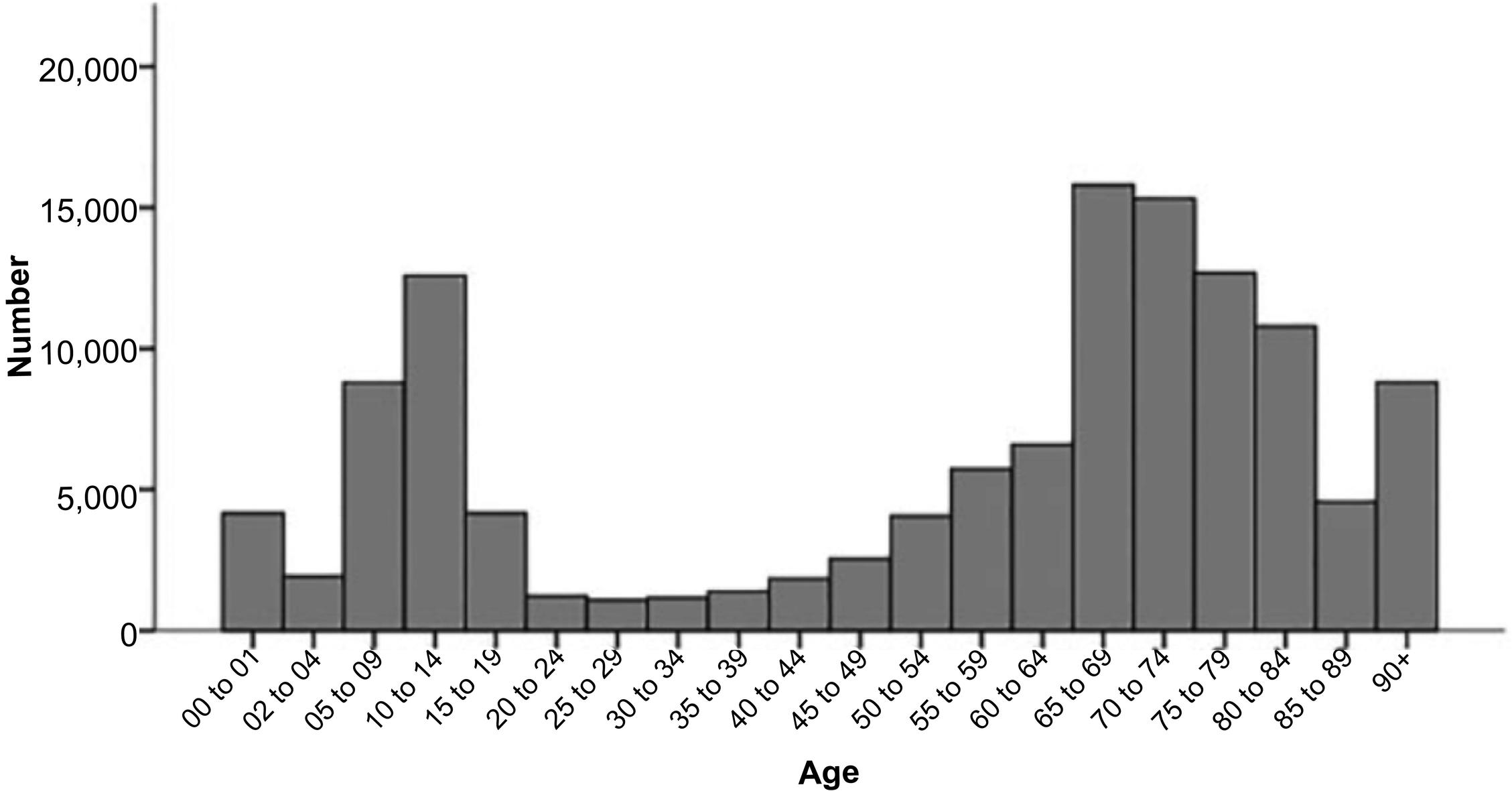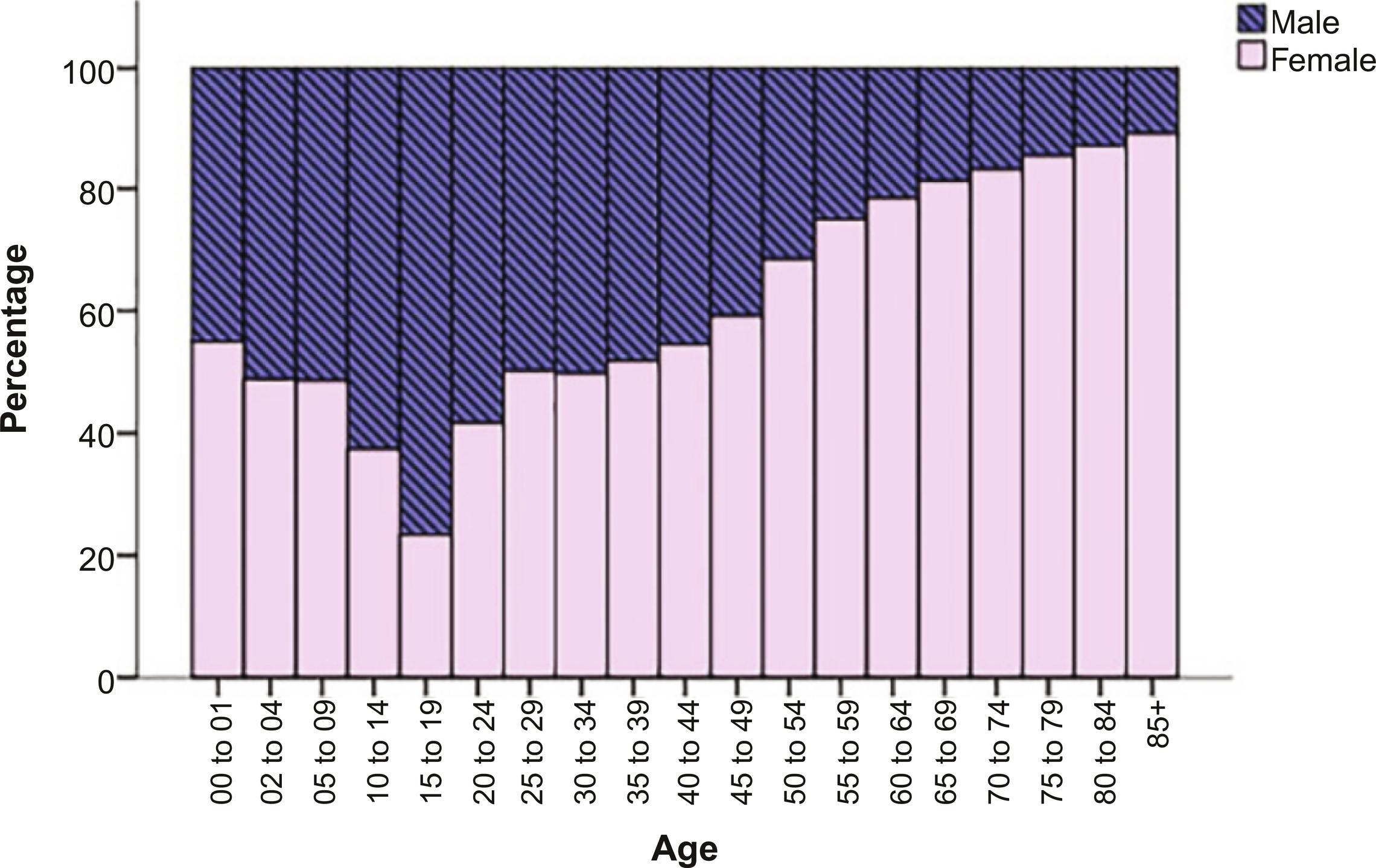Physical Address
304 North Cardinal St.
Dorchester Center, MA 02124
Distal radius fractures primarily affect children, young adults, and the elderly.
The incidence of distal radius fractures is increasing worldwide.
Understanding the epidemiology of distal radius fractures helps guide treatment.
A 65-year-old, right hand dominant female visited the emergency room with a swollen and deformed right wrist after a fall on an outstretched hand when she slipped on a wet floor at home. Radiographs reveal an intraarticular distal radius fracture with 30 degrees of dorsal angulation. How does the description and treatment of this fracture change if the patient is 10 or 25 years old?
Upper extremity fractures are one of the most common injuries around the globe, with an estimated frequency of 67.6 fractures per 10,000 persons in the United States. Distal radius and ulna fractures are the most common upper extremity fractures, occurring in 16.2/10,000 persons. Although the incidence of distal radius fractures (DRFs) is increasing across all age groups, they are most common in the pediatric and elderly populations. Research indicates that the first peak in the rate of DRFs occurs in the adolescent years. The second increase starts among adults greater than 50 years of age and peaks in the seventh to eighth decade of life ( Fig. 1 ). DRFs comprise about 25% and 18% of all fractures in the pediatric and elderly populations, respectively.

Gender and racial differences also exist among DRF patients. Fig. 2 shows the gender distribution of DRFs by age. Males have a higher incidence of fractures in the 0–19-year age group and females have a higher incidence in the 40–64-year age group. DRFs are also more common in woman than men with age > 65, especially among Caucasians.

An understanding of the heterogeneity of the DRF population helps surgeons provide better treatments that are tailored to unique patient characteristics. Assessing the epidemiology of DRFs is also critical in efforts to prevent these costly and debilitating injuries.
How does the epidemiology of distal radius fractures help guide treatment?
Pediatric DRFs rarely require anatomic reduction because children have remaining growth potential. On the other hand, young adult intraarticular DRFs often develop posttraumatic arthritis whether treated operatively or nonoperatively. Controversy also exists regarding operative versus nonoperative management of DRFs in the elderly population.
Become a Clinical Tree membership for Full access and enjoy Unlimited articles
If you are a member. Log in here